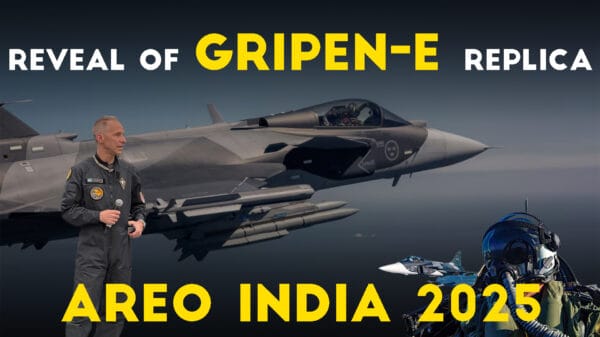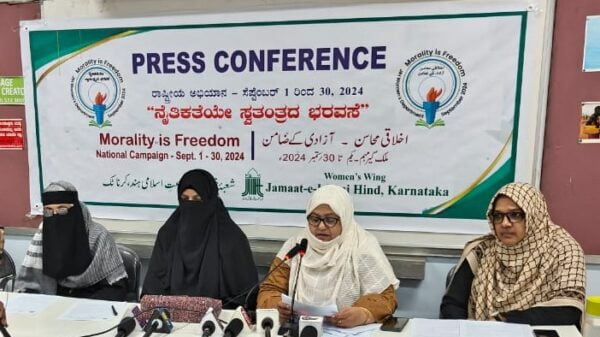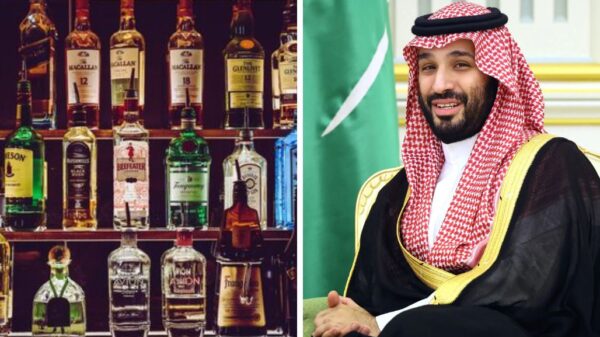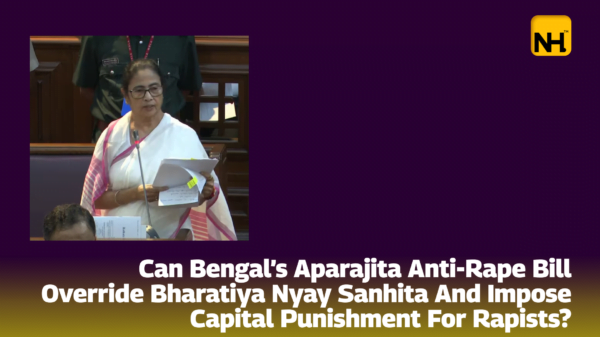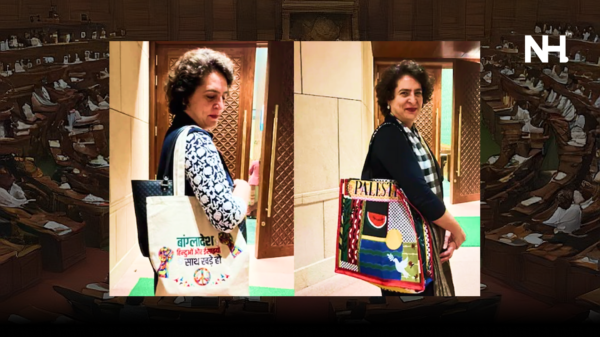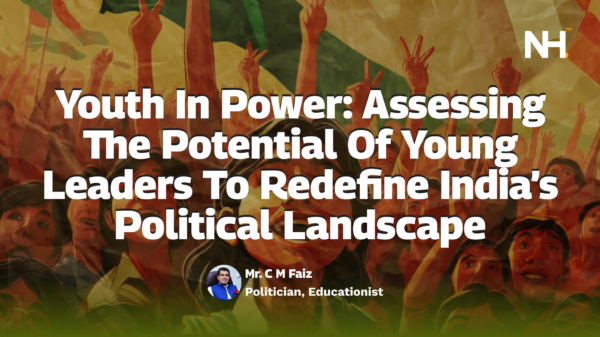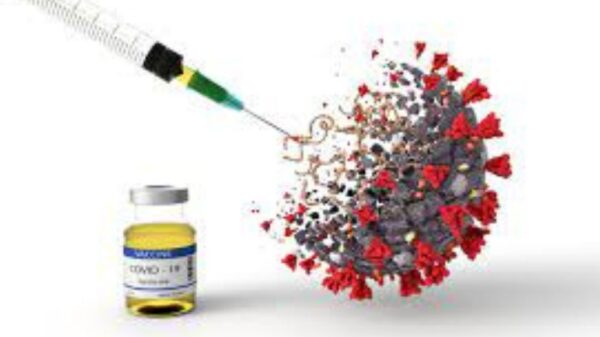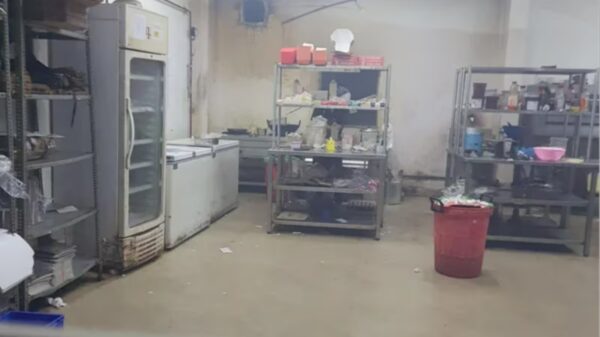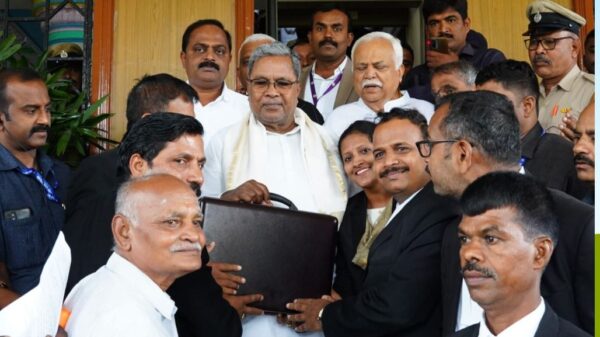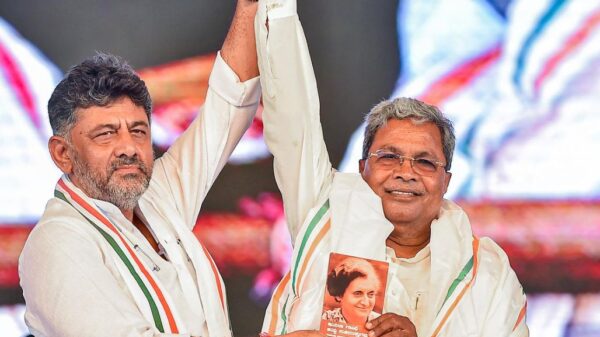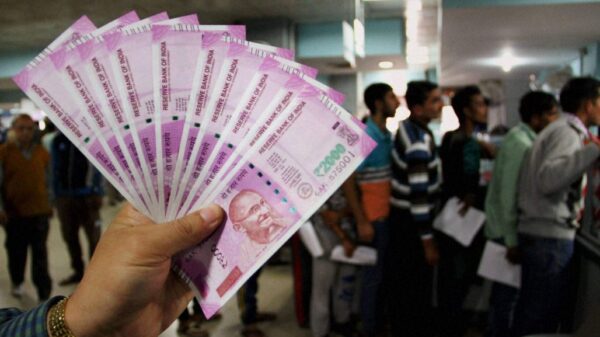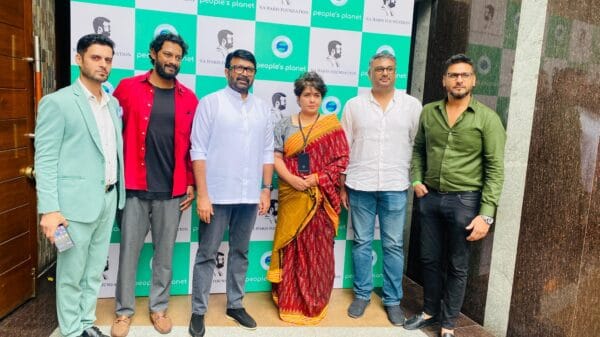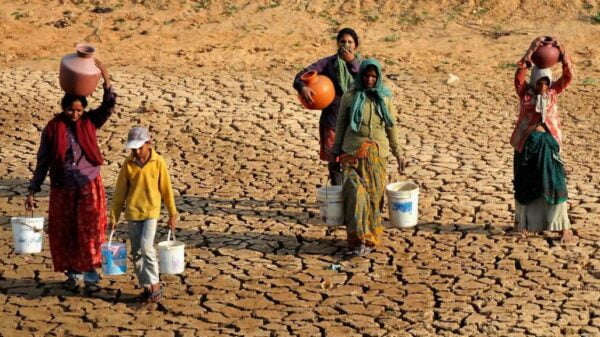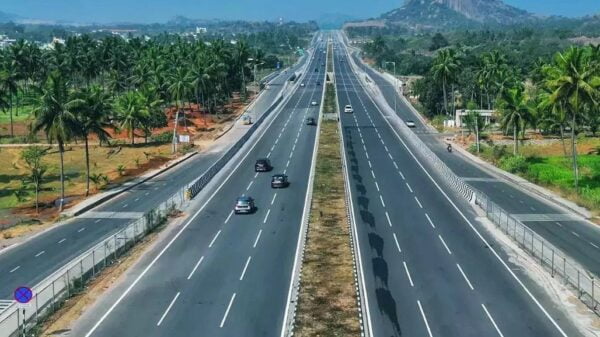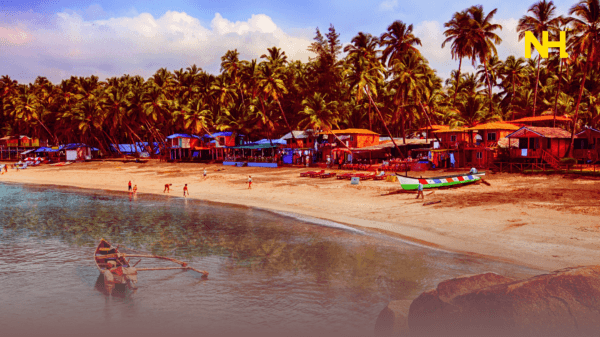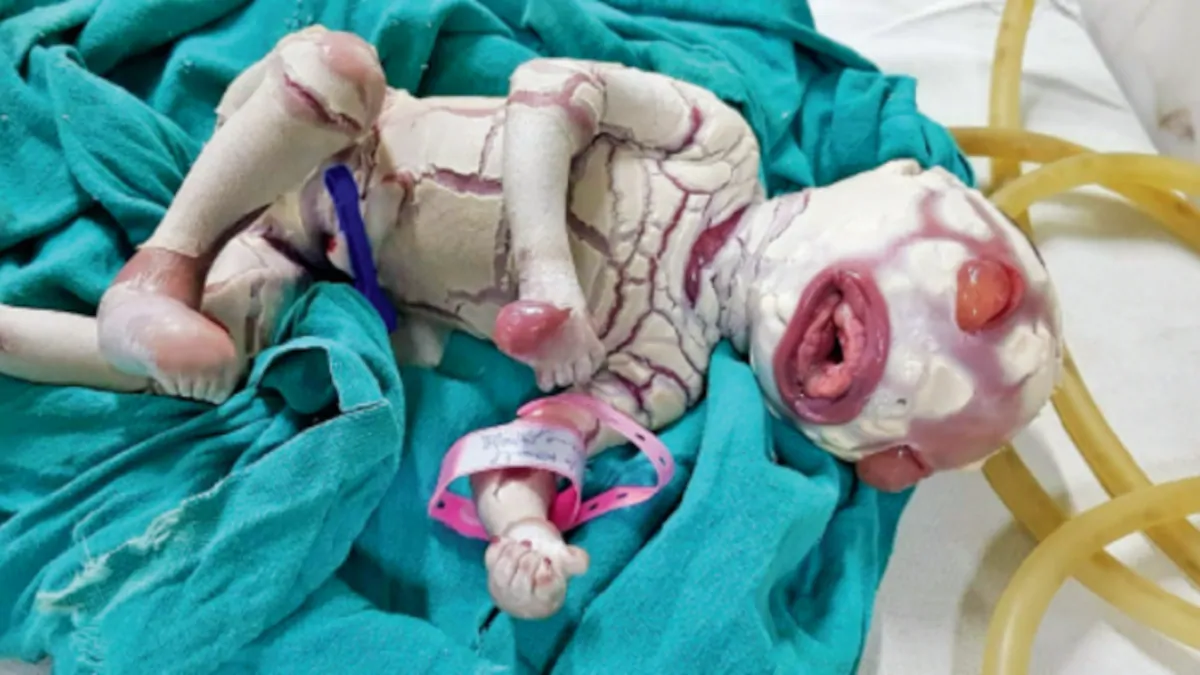In association with the Central Marine Fisheries Research Institute (CMFRI), the Karnataka Fisheries Development Corporation (KFDC) will be constructing 56 artificial reefs to promote marine life and fish breeding along the 320km long coast of Karnataka. Their aim is to improve the economic strength and livelihood of the local fishermen, who have been affected by the diminished fish population.
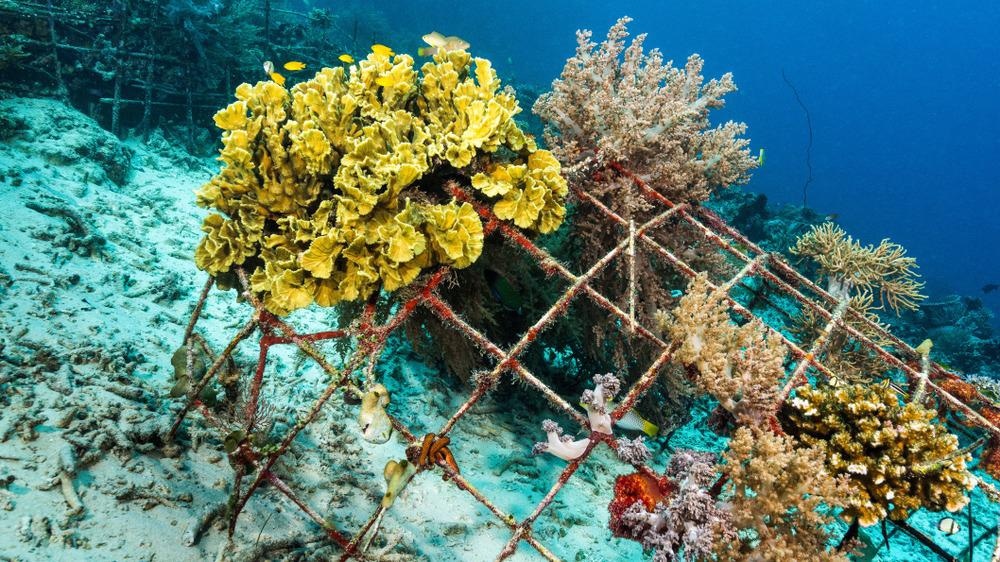
source: AZoCleantech.com
Karnataka Fisheries Department Director Dinesh Kumar stated that the project will be executed under the Pradhan Mantri Matsya Sampada Yojana (PMMSY) at an estimated cost of ₹31 lakh for each reef and ₹17.36 crore altogether. While the center and the State contribute 60% and 40% of the project cost respectively. According to the consultant for the Karnataka Artificial Reef project, Joe K. Kizhakudan, Principal Scientist at CMFRI, the institute has been experimenting with ARs for over three decades. They have been successful in establishing Artificial Reefs along the coastal areas of Tamil Nadu, Kerala, Andhra Pradesh, and Gujarat and saw an increase in fish breeding.
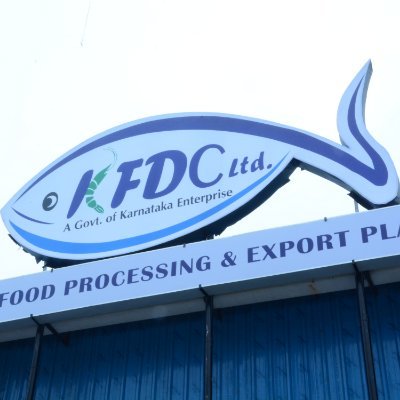
SOURCE: Twitter
Artificial Reef is a human-made underwater structure, typically built for the purpose of promoting marine life in areas of generally featureless bottom or where existing natural reefs have been destroyed. However, it is as fish aggregating devices that artificial reefs have been extensively promoted. They are structures set on the seabed to enhance the growth of marine flora and fauna communities simulating natural settings to promote fish aggregation, Mr. Kizhakudan noted. They attract migrant populations for breeding and feeding options and provide base for the propagation of resident population within the sheltered structures. They are submerged or partially exposed to tides, placed deliberately on the seabed to mimic some functions of a natural reef, including protection, regeneration, concentration and enhancing population of living marine resources, he said. They serve as habitats that function as part of the natural ecosystem while doing no harm.

source: TIME for Kids
The conical-shaped concrete structures numbering to about 30, will be placed at identified locations to form each artificial reef, Mangaluru CMFRI Head Sujitha Thomas stated. The location will be within 5 km from the shore where large fishing vessels do not venture and at the wave-breaking zone. ARs will be submerged structures like coral reefs with anchoring to ensure their stability. She stated that, over time, the structures will witness the growth of algae and other marine flora attracting fish varieties. According to Dakshina Kannada Joint Director of Fisheries Harish Kumar, the locations will be finalized during the visit of the consultancy team headed by Mr. Kizhakudan during the second week of September. Y.K. Dinesh Kumar, DK Regional Director of CRZ (Environment) noted that, besides promoting marine life, the AR’s can also prevent sea erosion by reducing the current speed of the oncoming wave.
ALSO READ:
“Country’s Biggest Underwater Tunnel” Opens To An Exotic Marine Experience To Bangaloreans



























